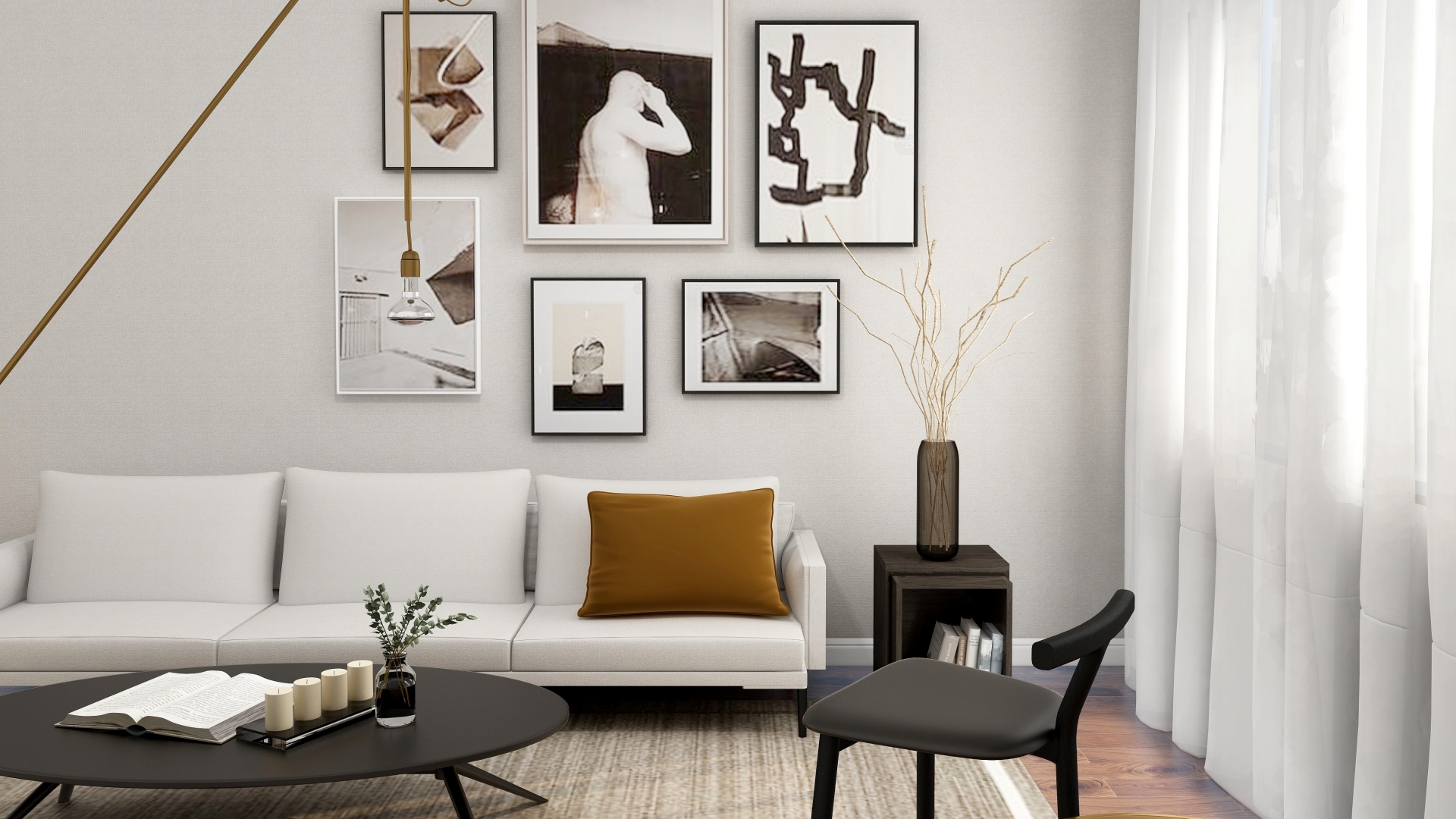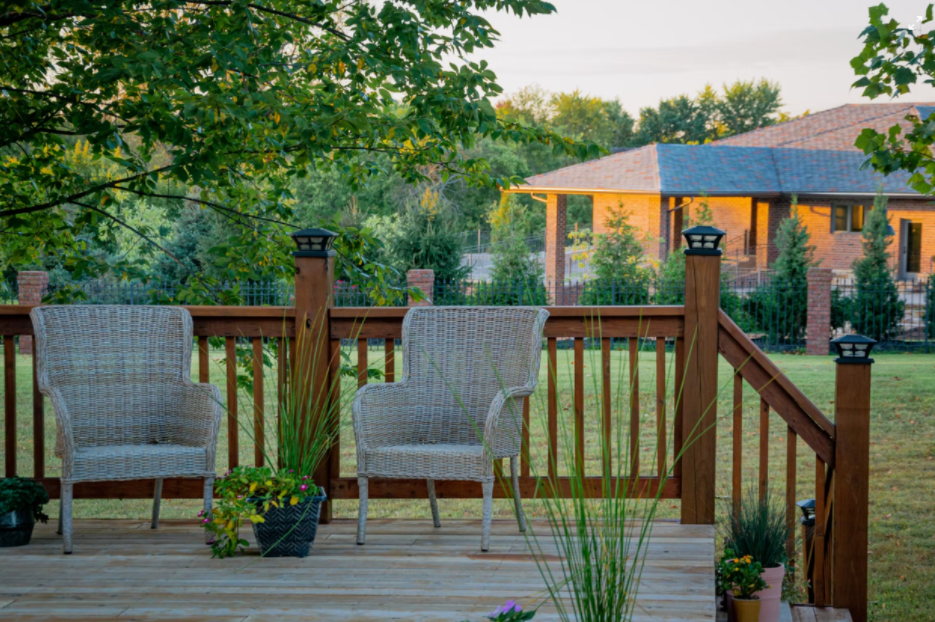Modern architecture and interior design are increasingly embracing transitional design, which is the merging of classic and modern design aesthetics. The simplicity and adaptability of current forms are combined with the allure and sophistication of historic design in this strategy, which embraces the best of both worlds. In addition to offering an aesthetically pleasing look, this special combination enables homeowners to design a highly customised area that reflects their own preferences, interests, and background.
Incorporating cultural fusion at home
Incorporating distinctive components in novel ways is essential to developing a successful fusion of classic and contemporary designs. For instance, when utilised in a sleek, modern environment, patterned lampshades, which are typically employed in more traditional settings, can give an unexpected splash of colour and texture. This gives a room that could otherwise feel cold and sterile a sense of cosiness and familiarity. As a result, patterned lampshades and other similar décor items act as a transition between the old and the new, reducing contrast and fostering harmony in the room.
The balance of shapes and colours
Both geometric forms and colour palettes play significant roles in the design process and are necessary for successfully combining traditional and contemporary aesthetics. It is possible to create a striking contrast between the complex organic curves and vibrant colours evident in many traditional designs and the straightforward geometric shapes and muted colour palettes that are characteristic of modern design. This can result in an area that is visually intriguing and has a vibe that is simultaneously current and classic.
Adding a personal touch with accessories
A design can benefit from the personality and culture that accessories might add. Traditional accents like ancient rugs, vintage mirrors, or classic artwork can provide a touch of history and refinement to a modern setting. On the other hand, contemporary accents like angular sculptures, abstract paintings, or simple furniture can inject a little innovation and surprise into a classic environment.
Creating functional spaces
Although it should never be forgotten in design, functionality should always come first. In contrast to contemporary design, which emphasises space efficiency and minimalism, traditional design tends to prioritise comfort and usefulness over aesthetics. You may create a room that is not only aesthetically pleasing but also very useful by mixing these styles. Achieving this balance may be done in a number of ways, including adding cosy, plush furniture to contemporary settings or incorporating contemporary storage solutions into historic designs.
Conclusion
In summary, the blending of classic and modern design elements is more than just a fad. It reflects a fresh perspective on how to view and experience our living environments, one that appreciates harmony, individuality, and diversity. We can design homes that are not only lovely but also profoundly reflective of our distinct personalities and cultures by carefully fusing different styles. Cultural fusion brings up a world of design possibilities that honour the past while looking to the future, whether it is through patterned lampshades, a balance of shapes and colours, personal accessories, or utilitarian spaces.











